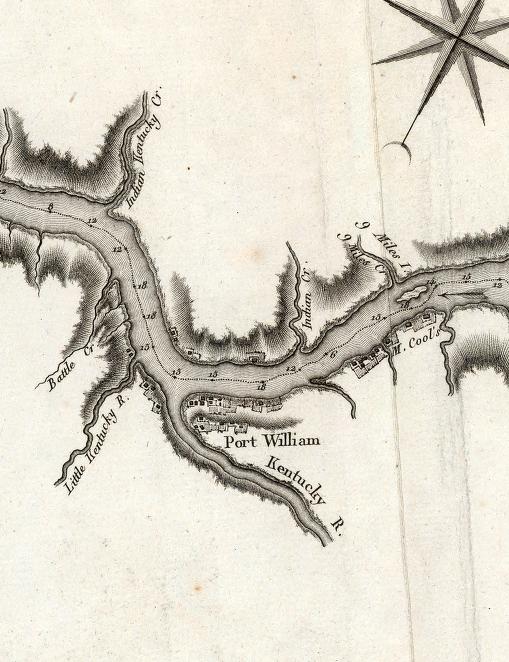Madison, a small city on the Ohio River was once the pork packing capital of the world, eclipsing its larger upstream neighbor Cincinnati. In 1850, a Madison newspaper bragged that the city had five times as many hogs as Cincinnati.
Unfortunately, the story wasn't true. Madison was a leading city for slaughtering hogs and packing porjs. But it never came close to matching the volume of business done in the Queen City. It did close the gap in 1852, Madison’s greatest year and the last year of growth in its pork market.
In 1837, the first year that statistics are available for Madison, it handled 13,000 hogs while Milton, Ky., processed 5,000, according to the Western Address Directory. Cincinnati packed 103,000 that year. Madison only topped 100,000 once and that was in that final year of glory. Madison’s three best years were 1850, 1851 and 1852 and the number of hogs was reported at 93,949, 94,984, and 130,730, and had the town been able to maintain its dominance in Indiana railroads, it probably would have kept growing.
But even then, from 1833 through 1851, Cincinnati had only two years in which its volume dropped below 100,000 hogs. There were 85,000 in 1833 and 95,000 in 1840. In the 1840s, there were five years in which the totals were 213,000 or higher. In 1848, 1849 and 1850, Cincinnati houses packed 498,160, 310,000 and 401,755 hogs respectively. There was a reason Cincinnati, not Madison, was nicknamed “Porkopolis” during that era.
The Cincinnati numbers were from the book The Industry Resources of the Southern and Western States, published in 1852 by J.B.D. DeBow, a Louisiana professor who was known for his magazine DeBow’s Review, which covered a wide range of economic issues in these regions. While statistics vary in other sources, none of them put Madison in the lead in any year.
The reasons for Cincinnati’s dominance are likely very simple: it was founded earlier and it was bigger so it had the time to develop the resources that Madison was just beginning to attract. Also, while the area to the north of Madison was just starting to develop in the 1830s, Cincinnati was able to draw on a more mature farm economy from most directions.
Cincinnati packing houses could also offer more money to farmers. The 1850 annual report of the Madison and Indianapolis Railroad noted that in good weather, some farmers drove their hogs to Cincinnati, rather than shipping them to Madison, probably reflecting a combination of higher prices paid there and the high rates the Madison railroad charged.
When the railroads linked, Cincinnati picked up more business. And as is accurately told, Madison’s booms days were over.

